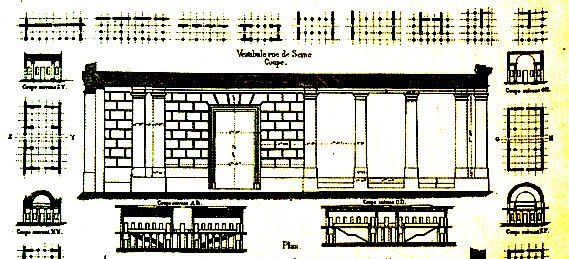The second session of the Nomad seminar explored from a twofold perspective the role played by the concept of “school” – understood both in terms of educational institution and of system of thinking – in establishing history of architecture as a discipline.
How did history of architecture emerge and define itself as discipline? How did the specific educational institutions where it was taught (i.e. schools of architecture, art history departments) helped to forge its characteristics? How did the evolution of its teaching since the 19th century to nowadays reflect the mutations undergone by the discipline? How did the discourse of the ‘centers’ inform or alter the narratives of the ‘peripheries’? How did evolve this geocultural dynamics?
These were some of the questions examined during the CRIA/ GERHICO session of the Nomad seminar on historiography, organized by Nabila Oulebsir and Carmen Popescu and held at the INHA, Paris, June 24 2011.
The speakers were invited to investigate the subject by looking not only at the chronological evolution of the discipline, but also at its different ‘geographies’. Through these cross readings, we expected to better circumscribe the dynamics of the topic by analyzing its complex evolution also in terms of intellectual transfers, circulation of models and ideas. This ‘enlarged field’ is, as well, that of the connections between ‘centers’ and what appeared to be more marginal territories: Europe and its continental peripheries (Scandinavia, Balkans…), Europe and America, America and Europe, Europe and Mediterranean, Africa, etc..
